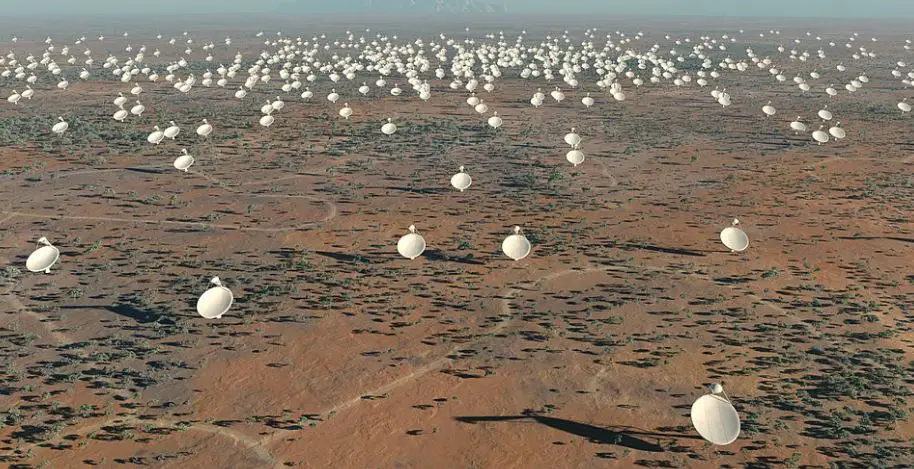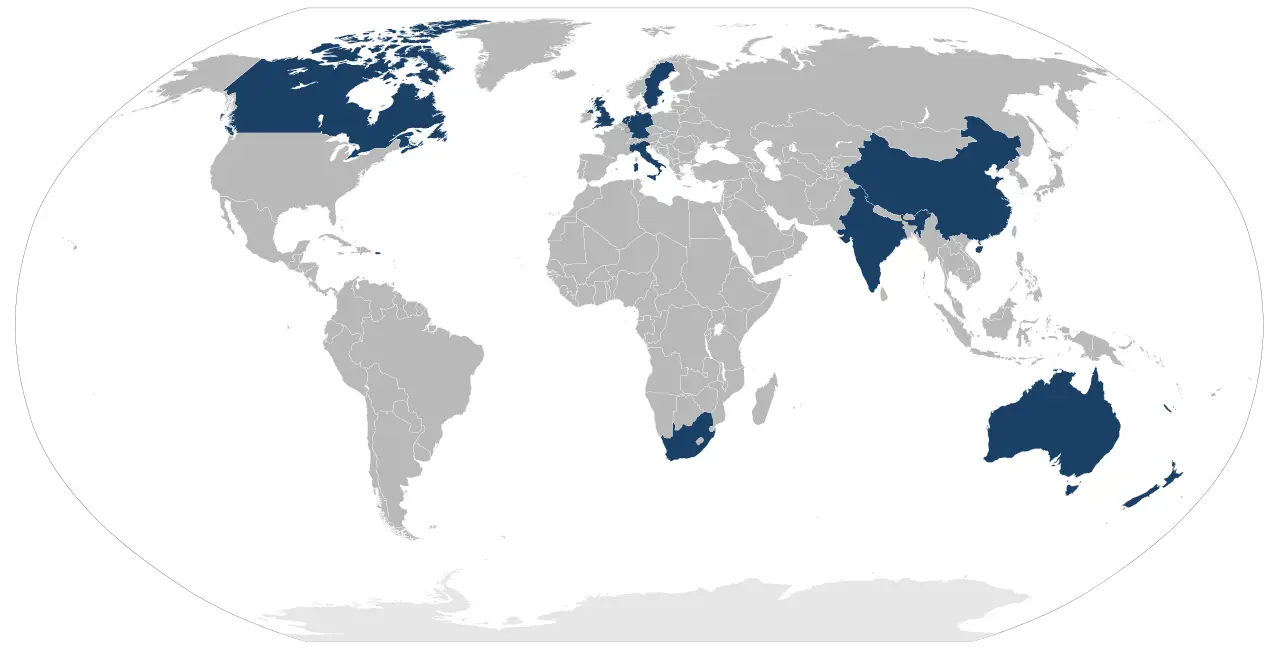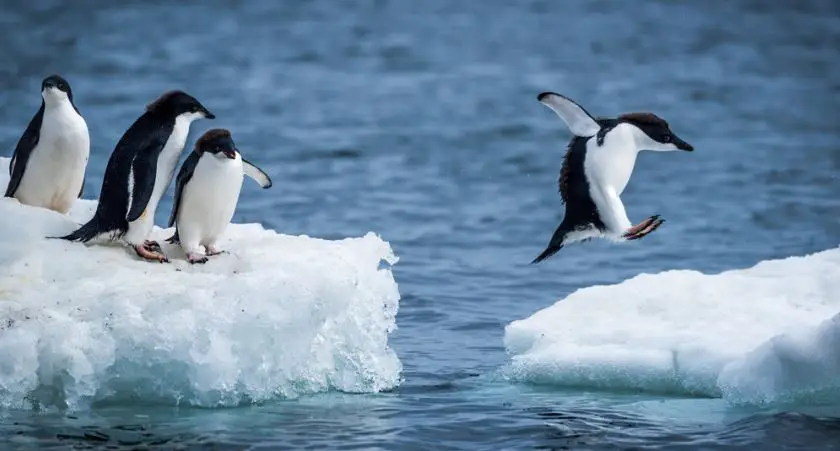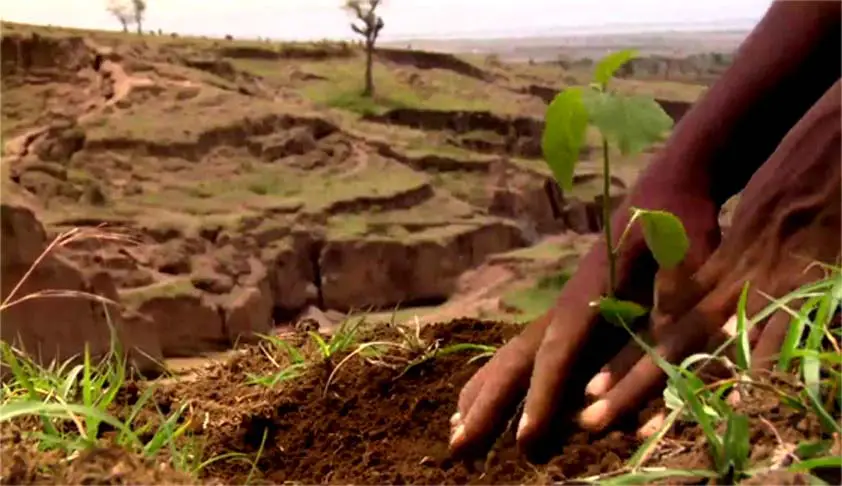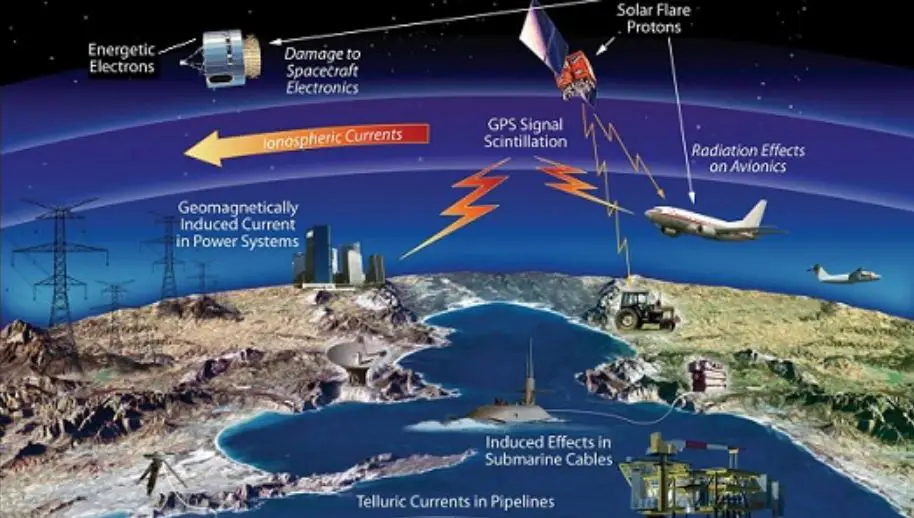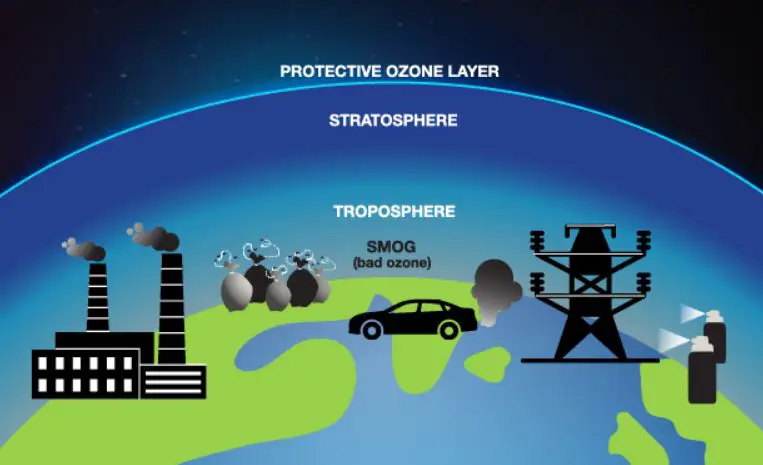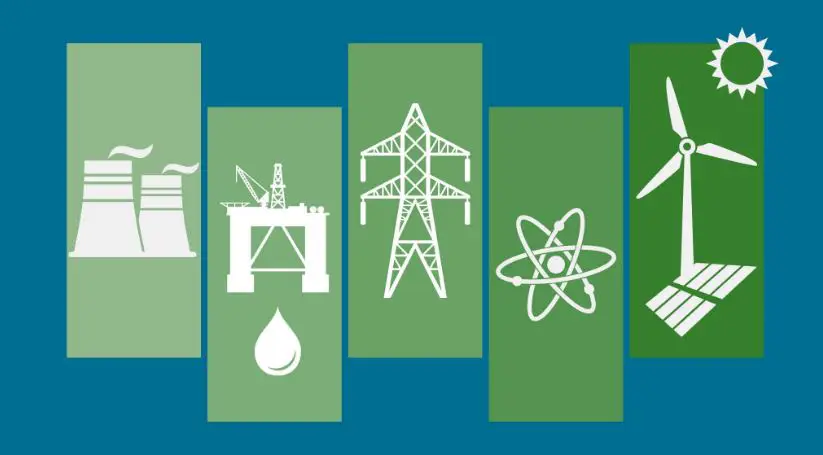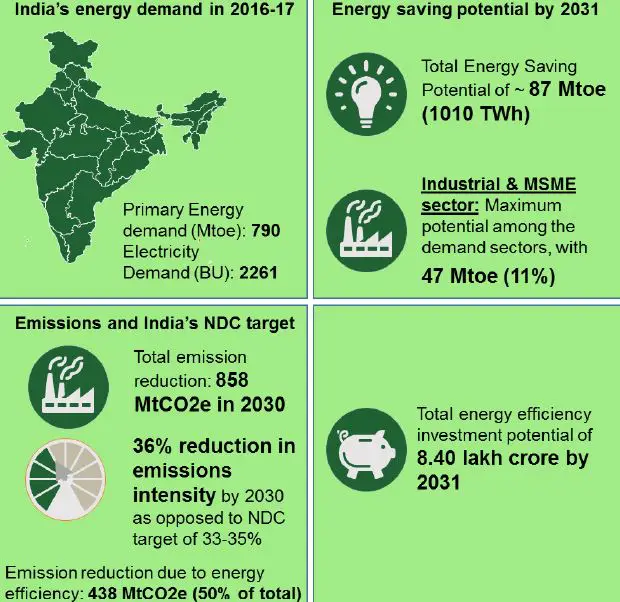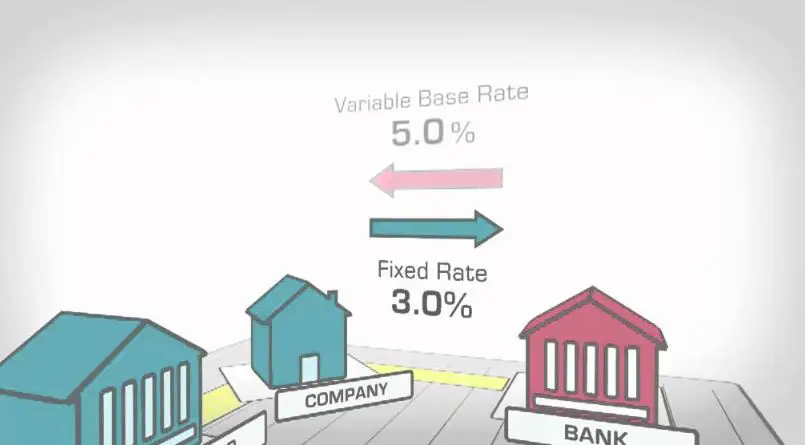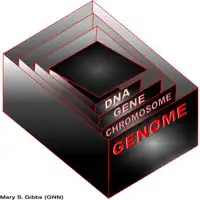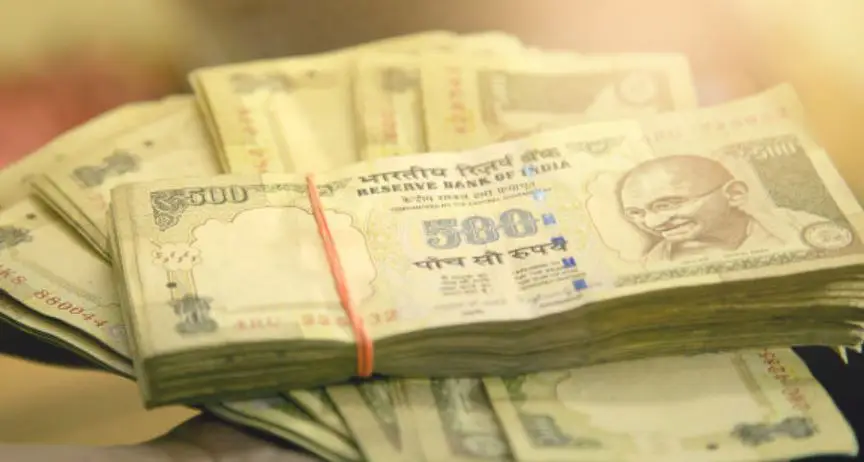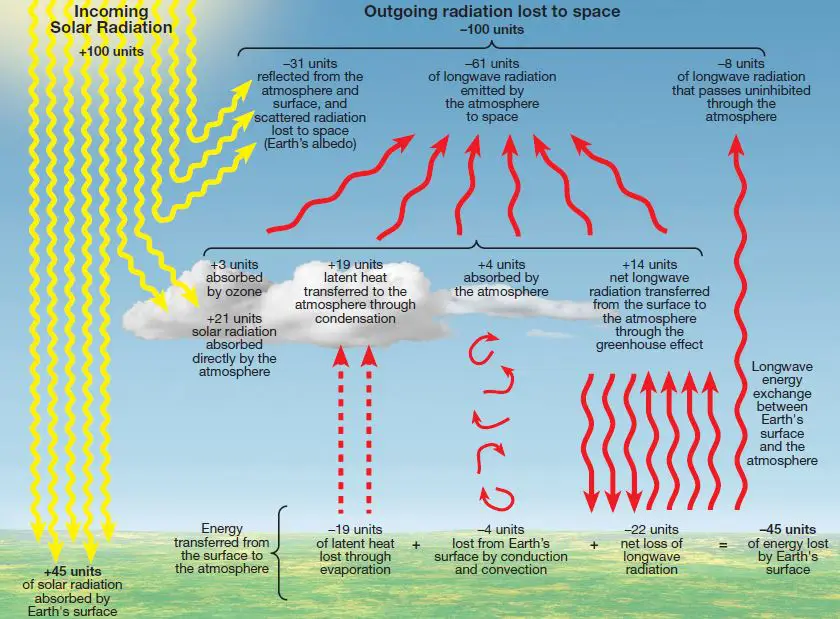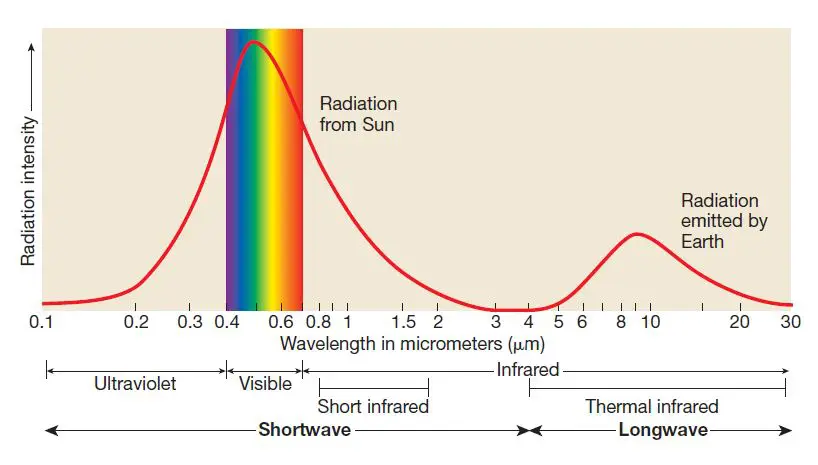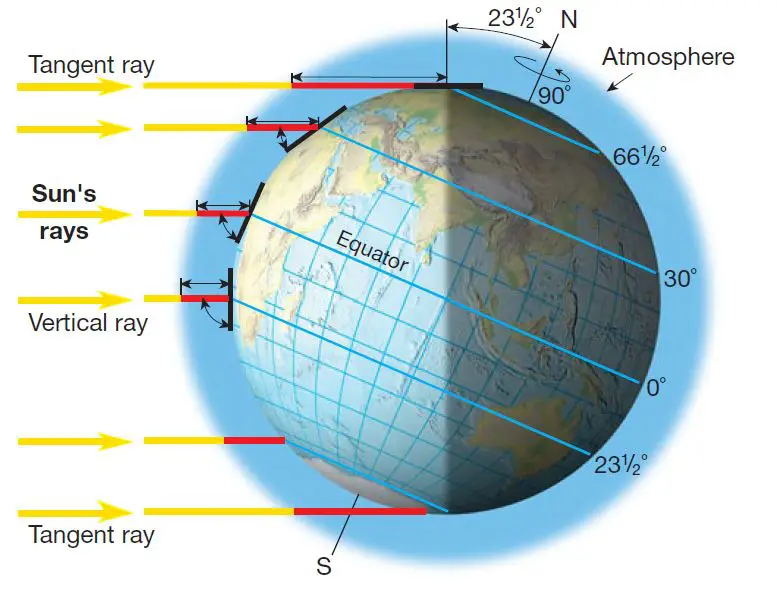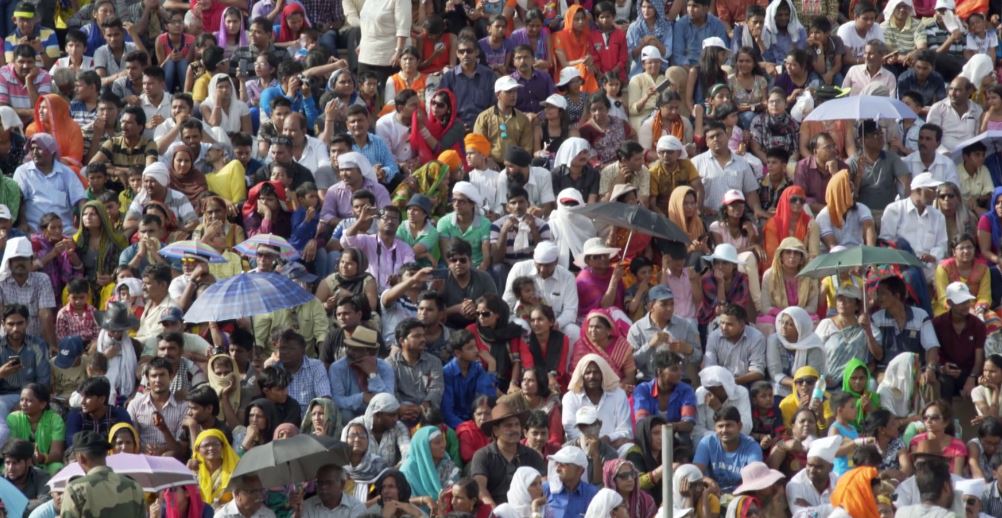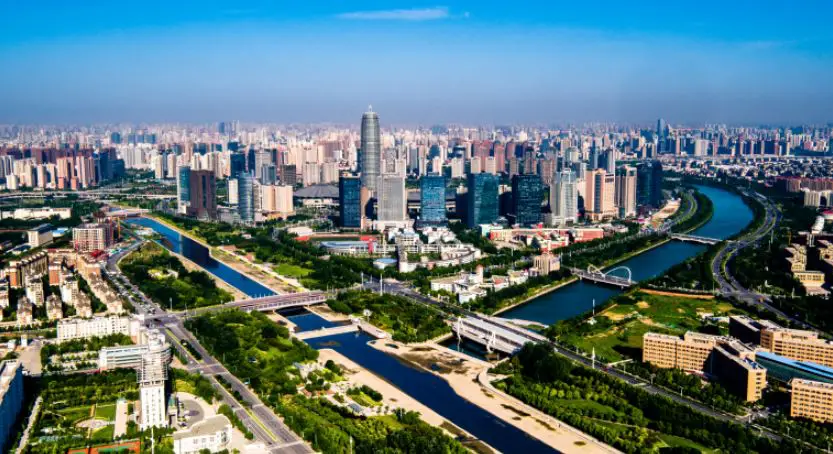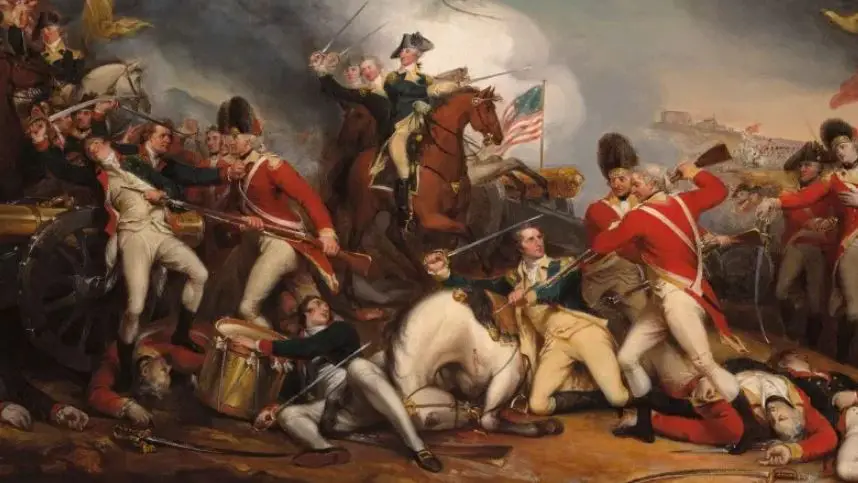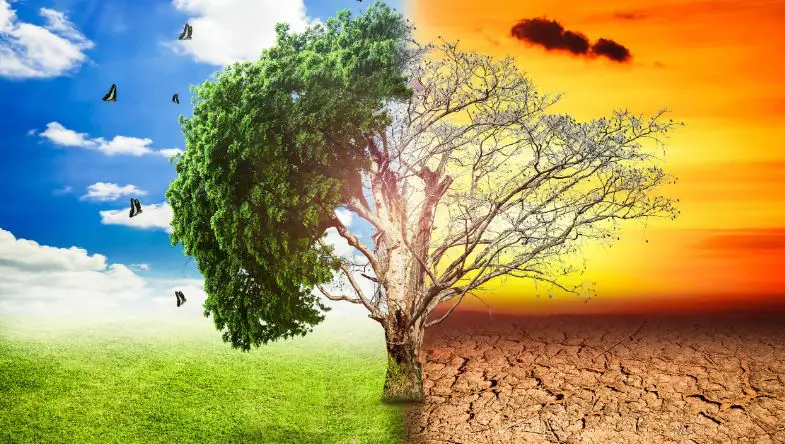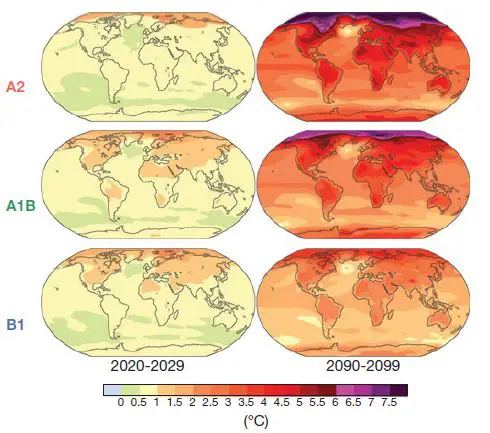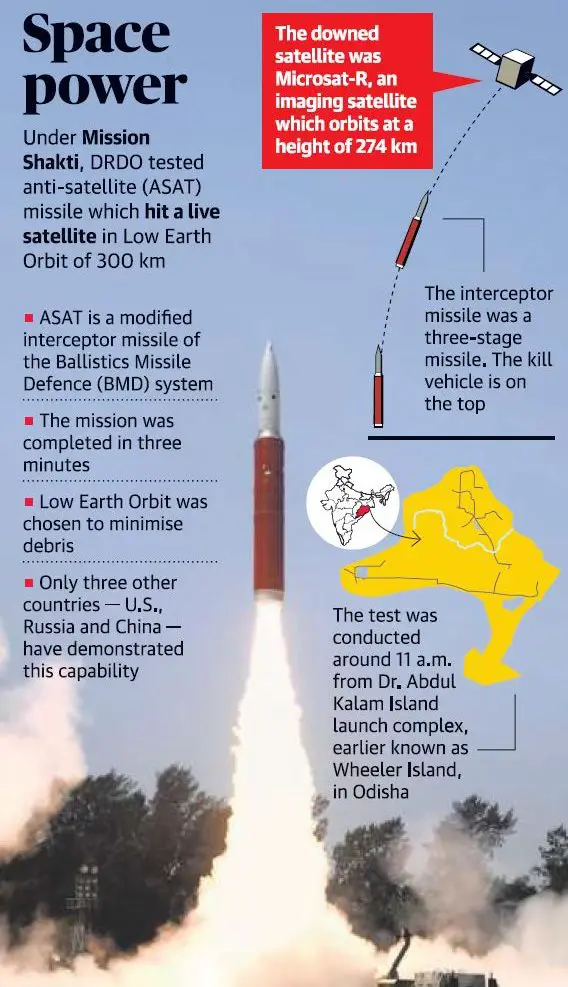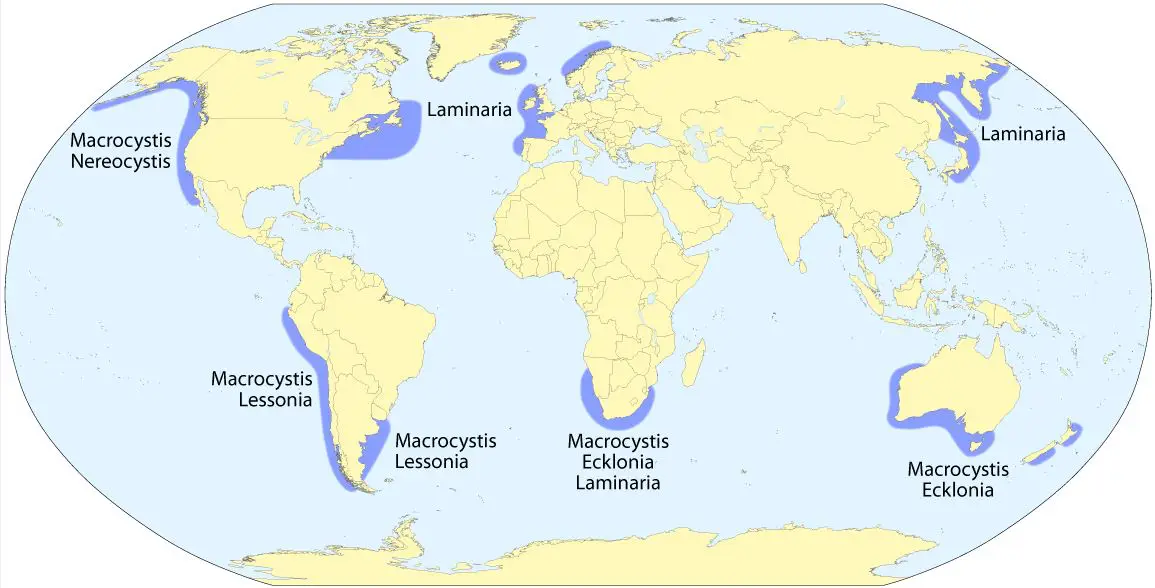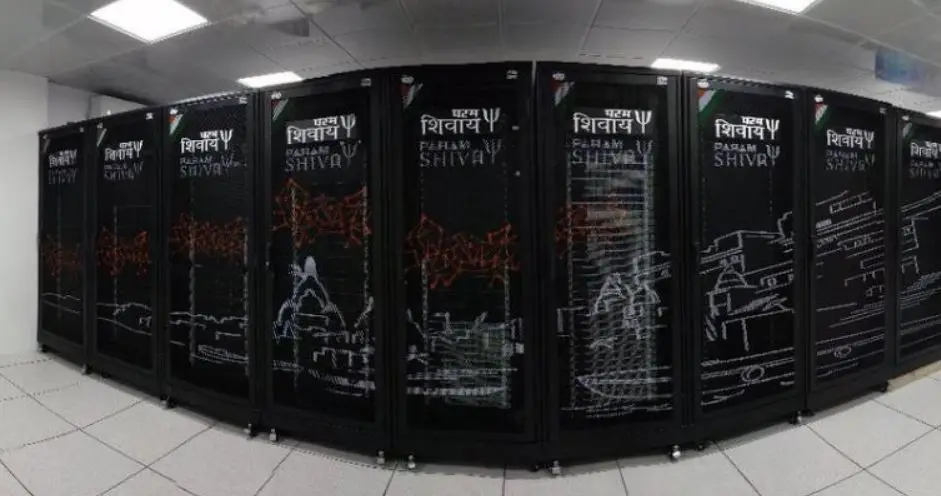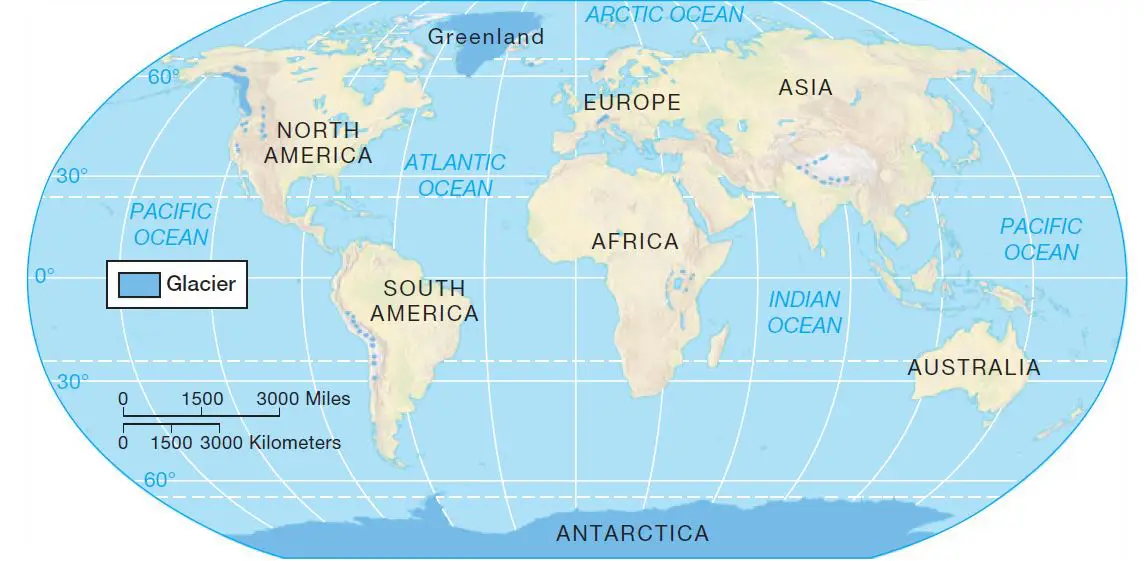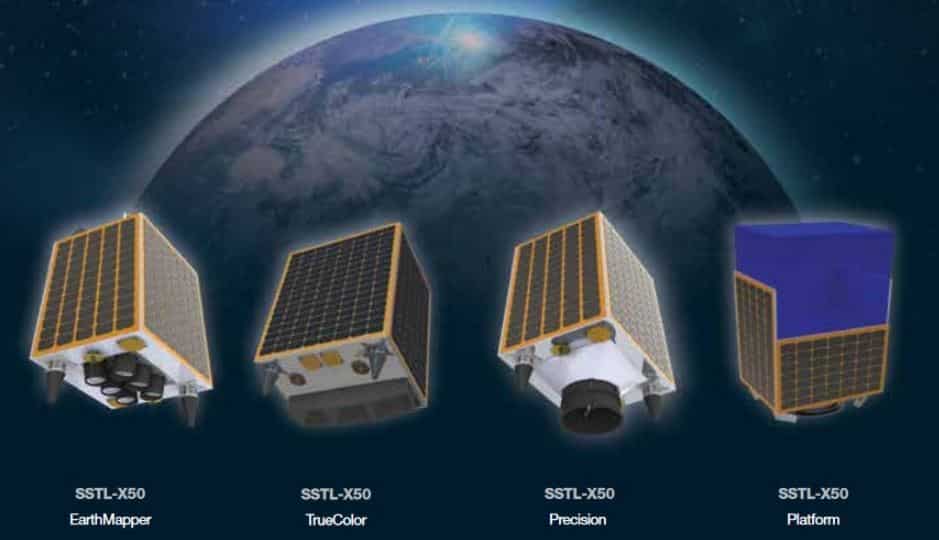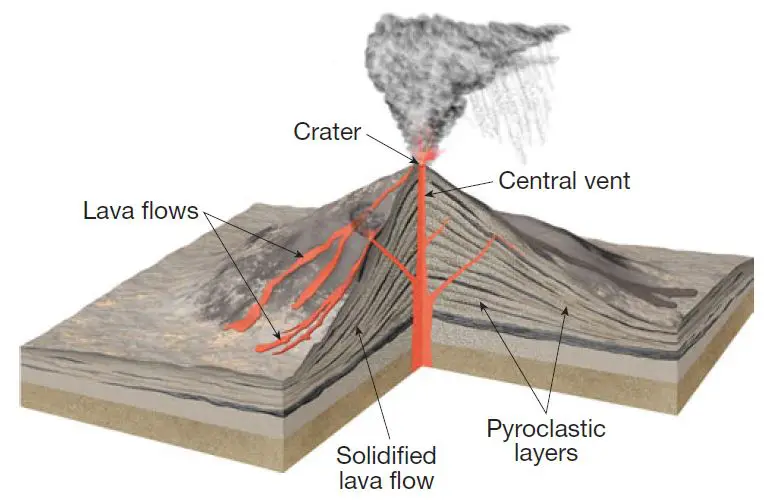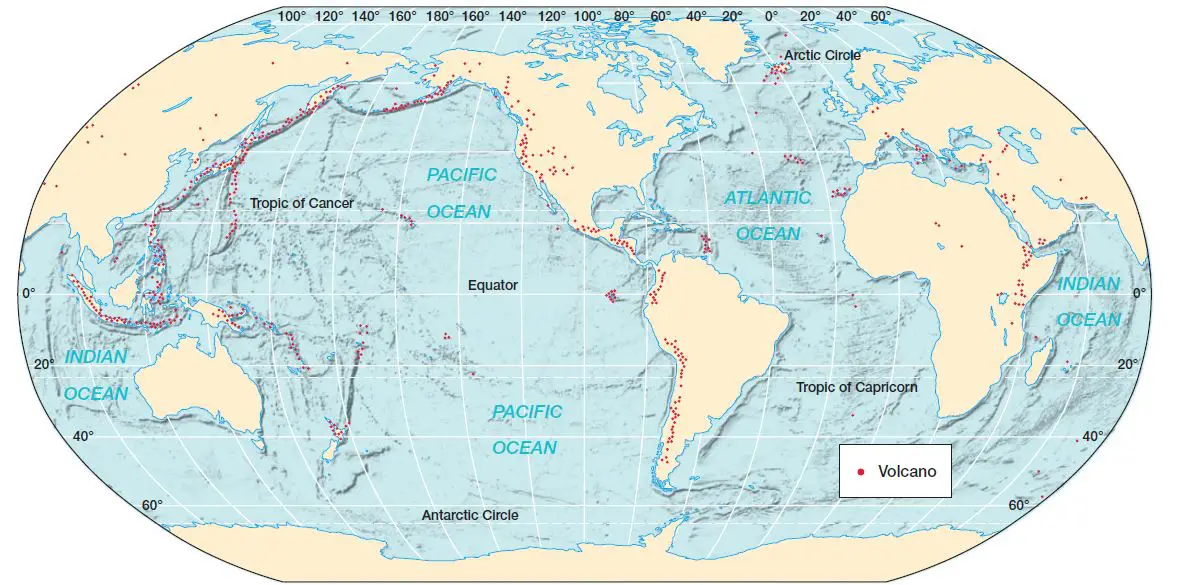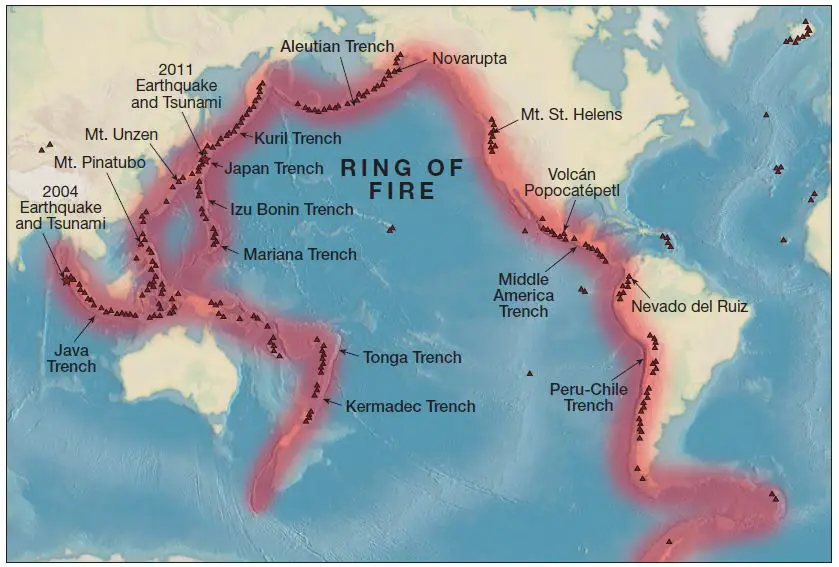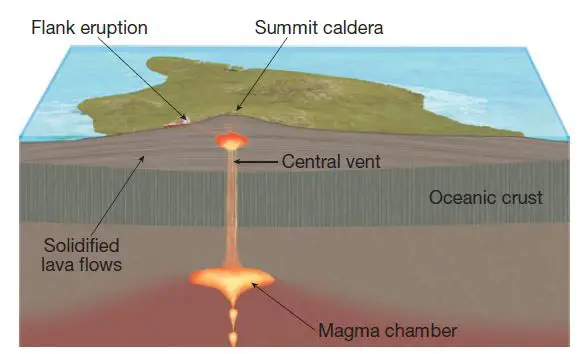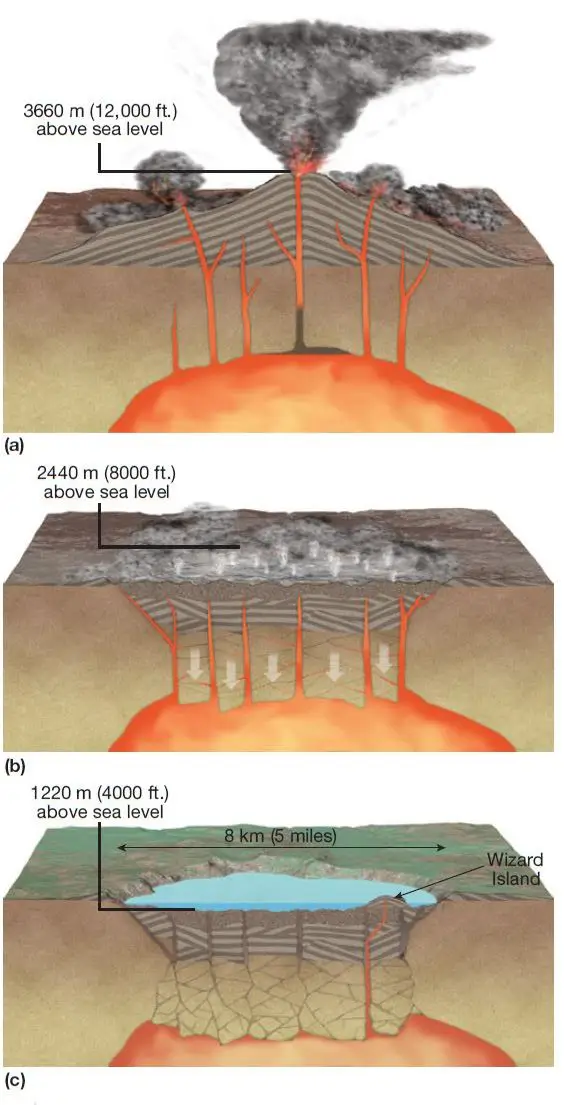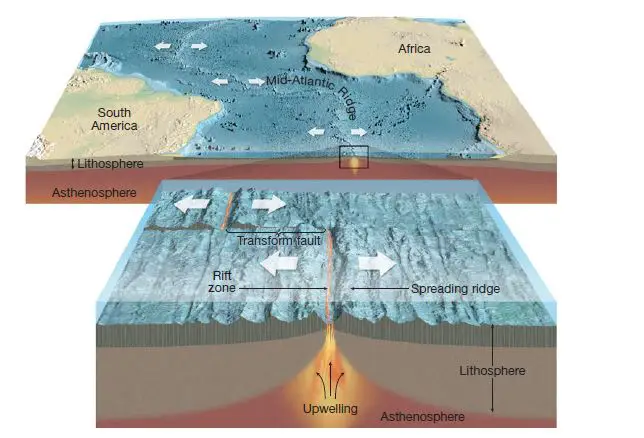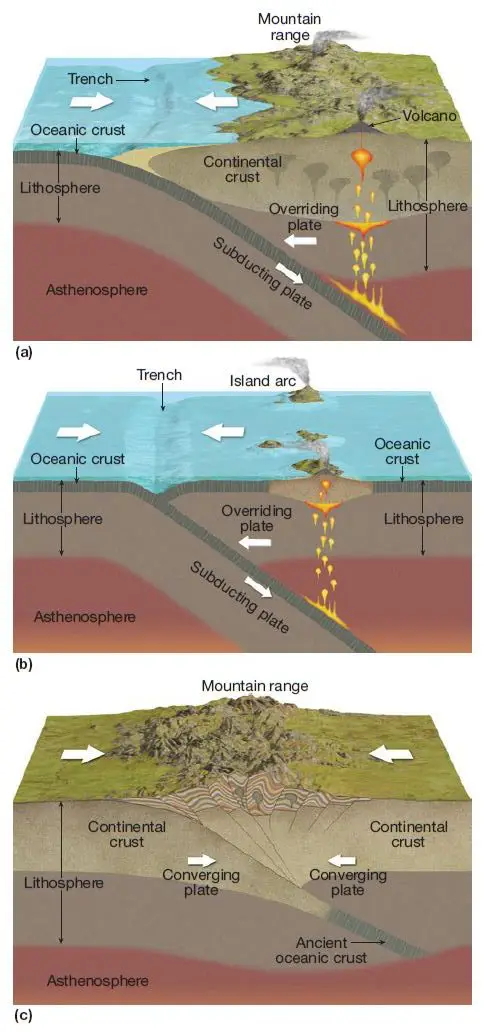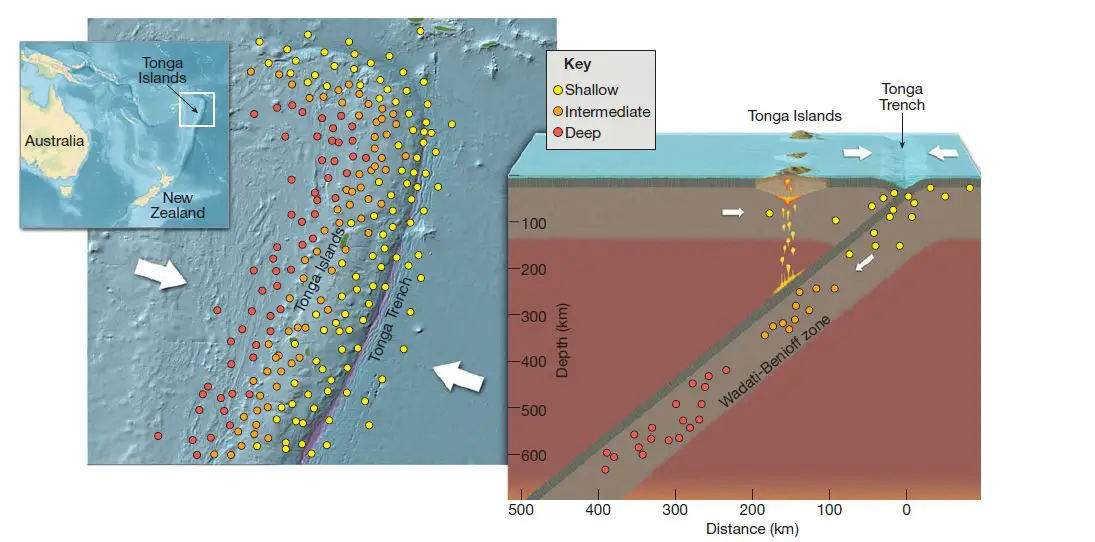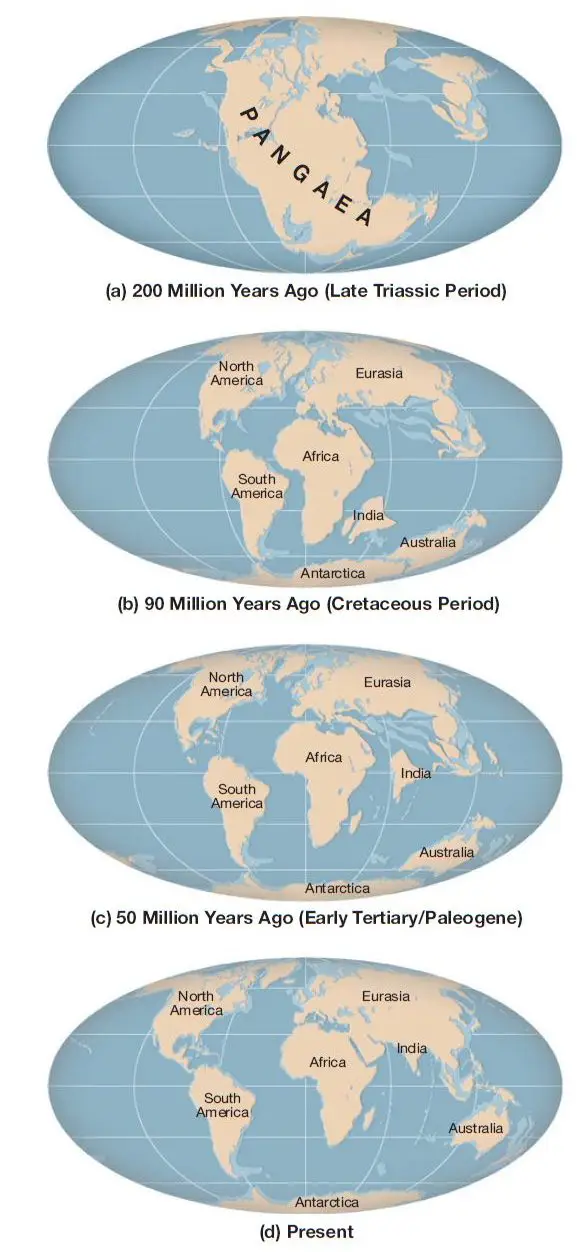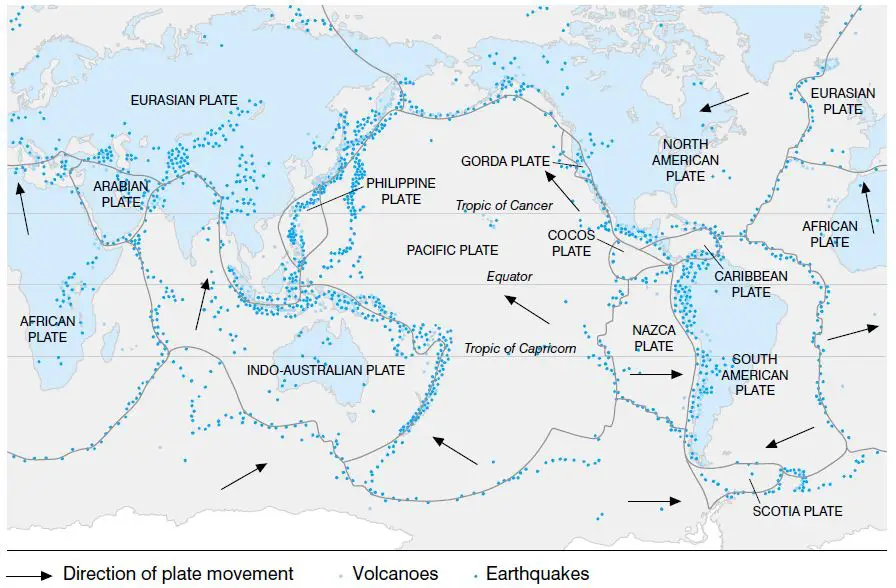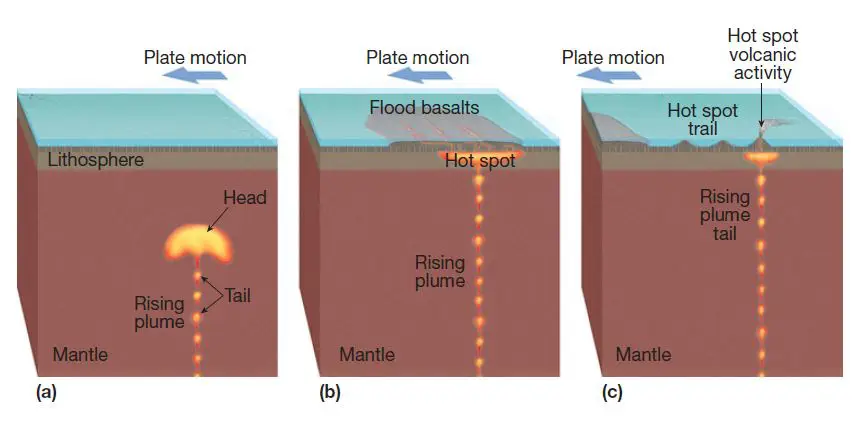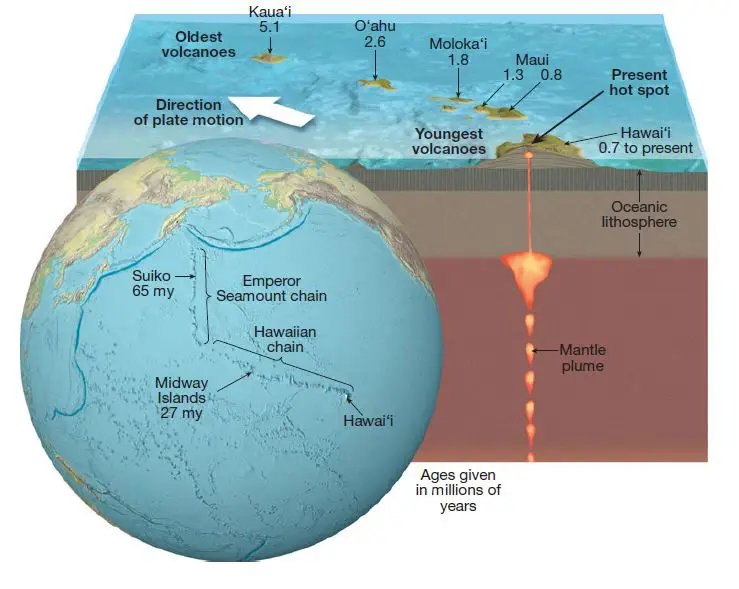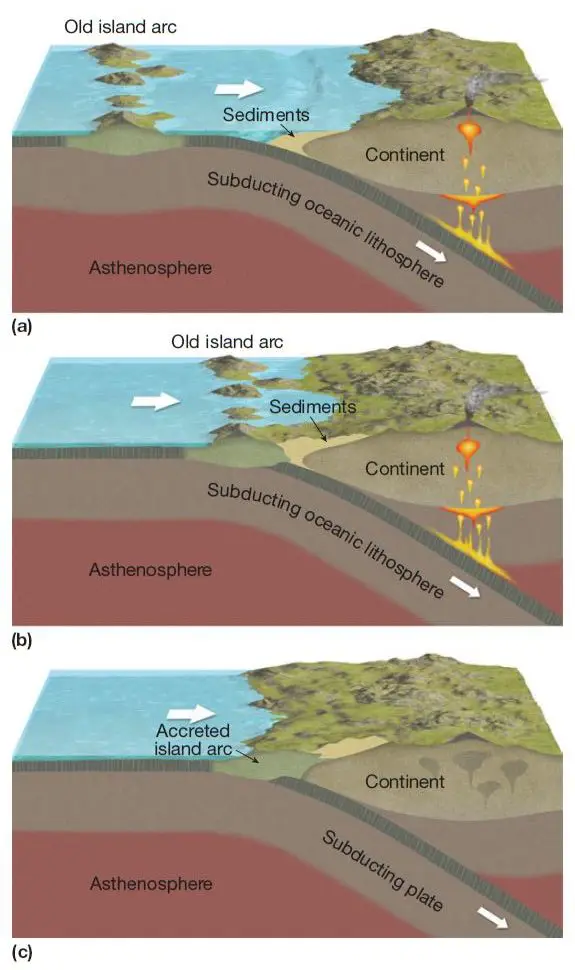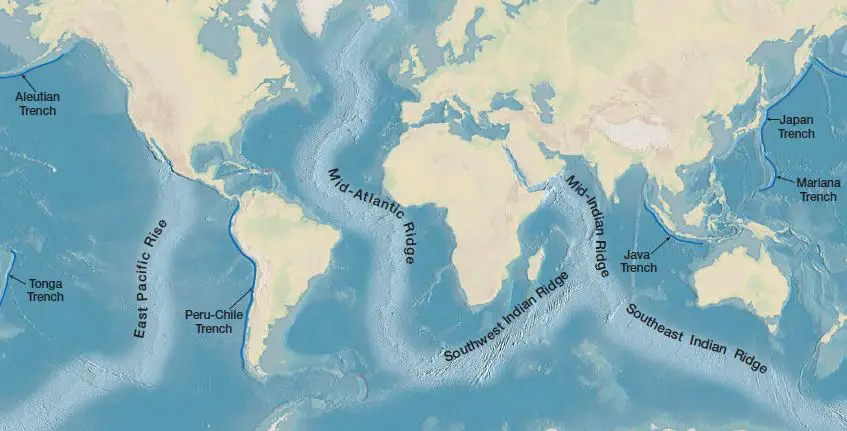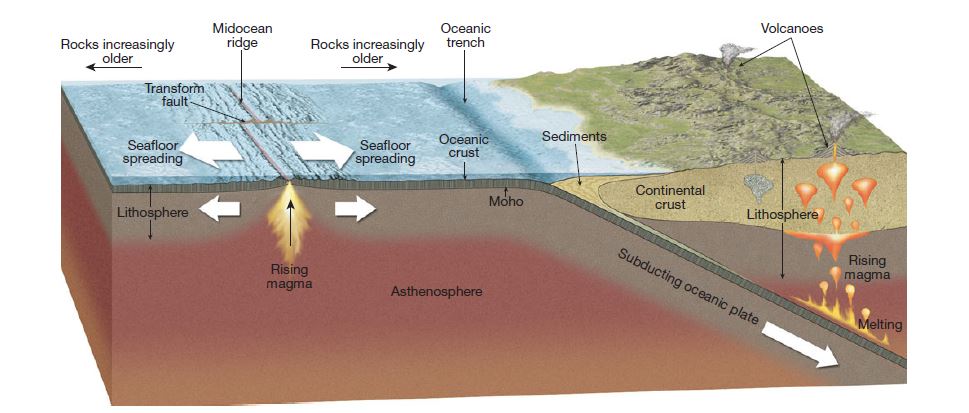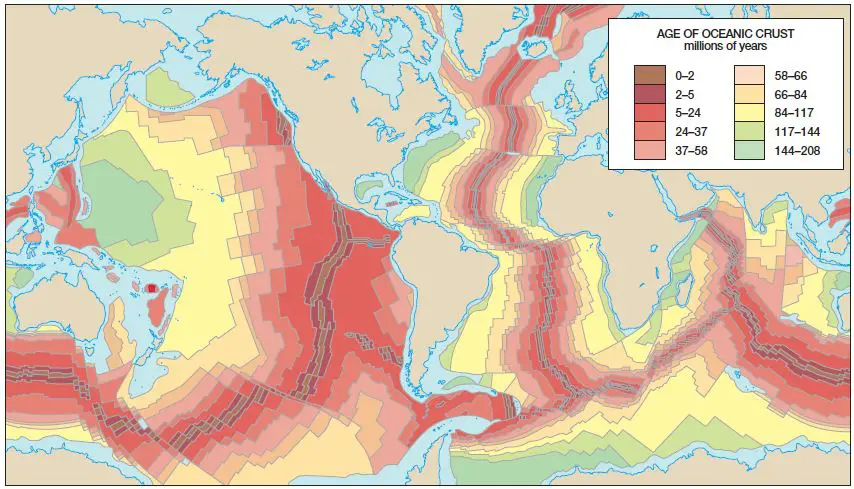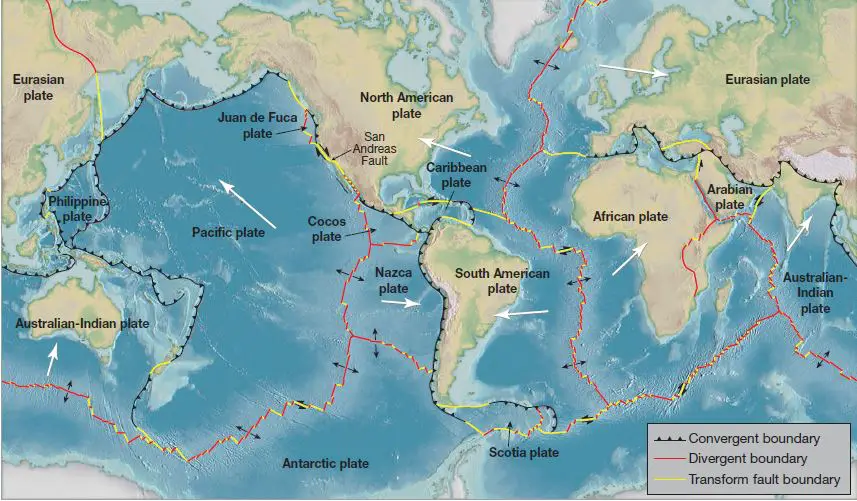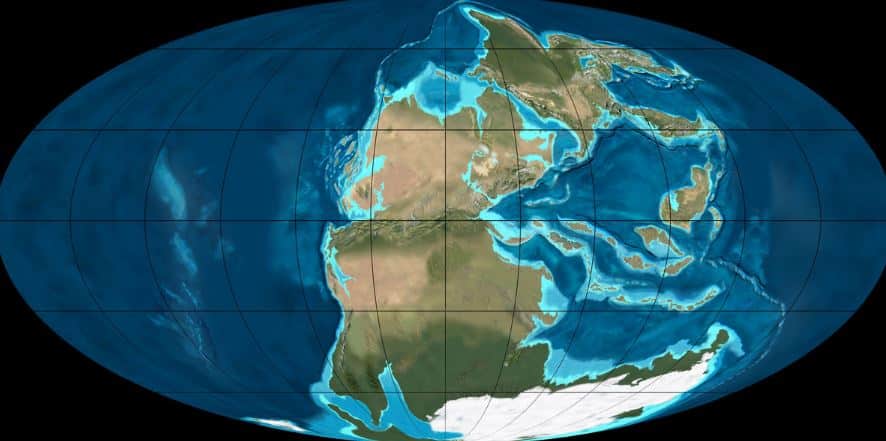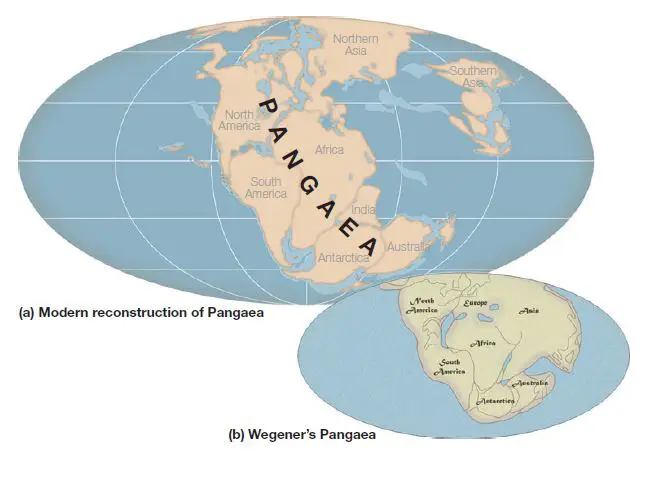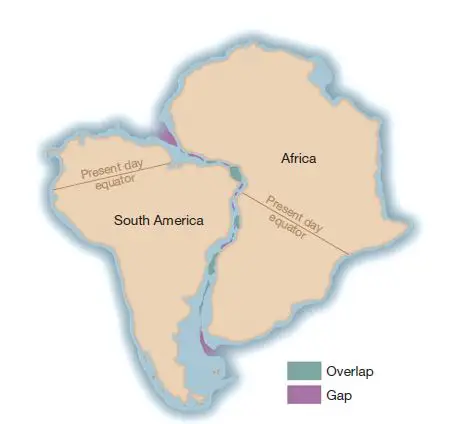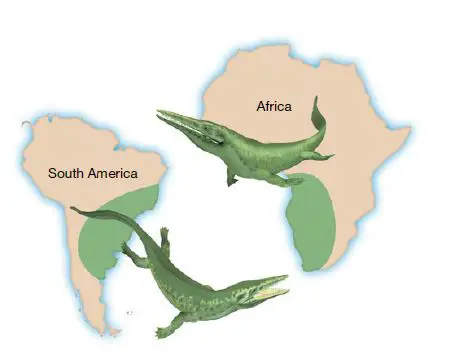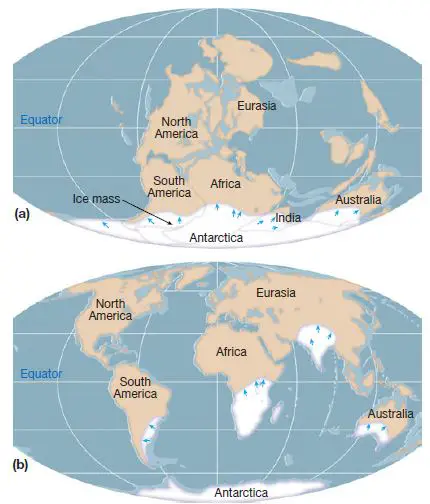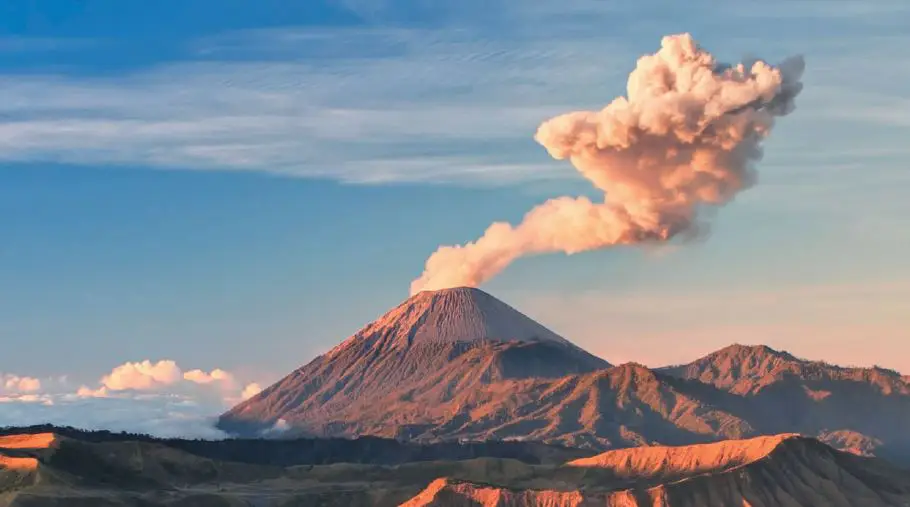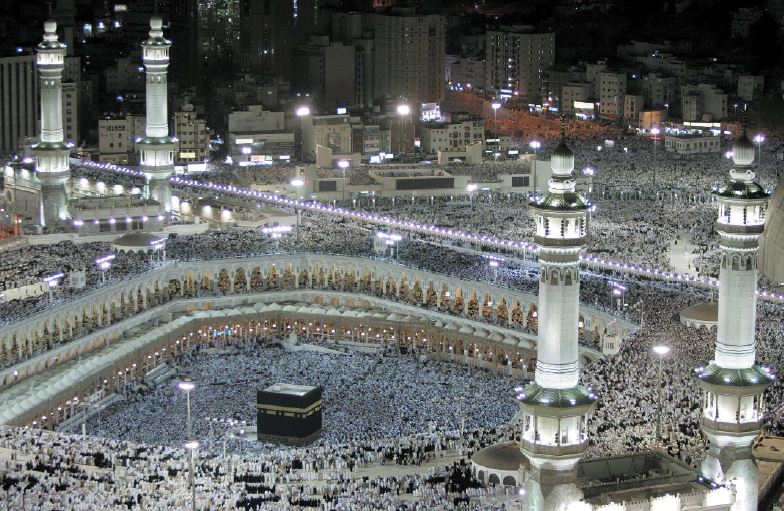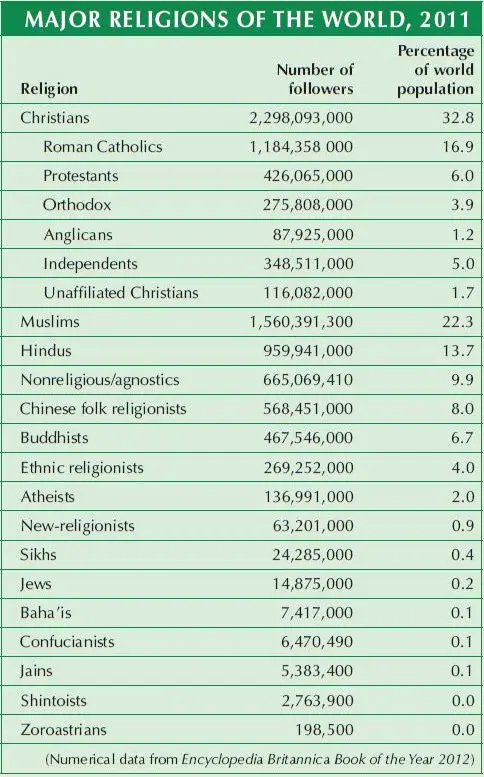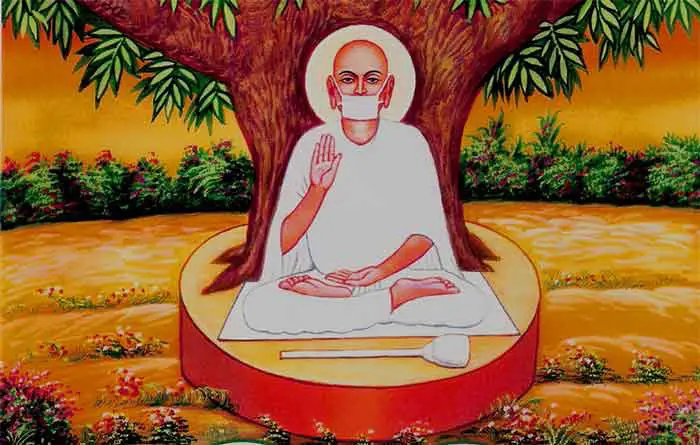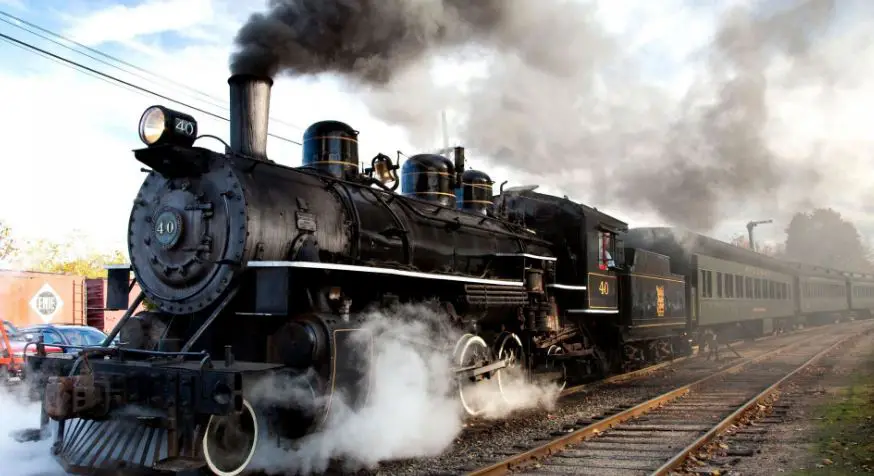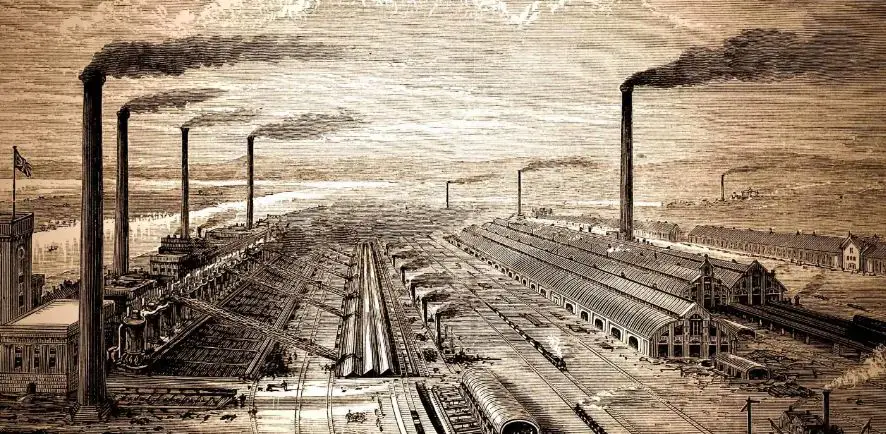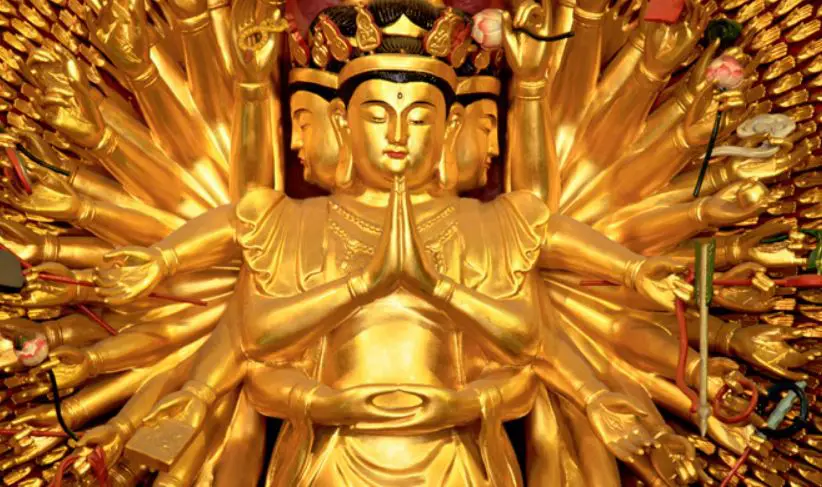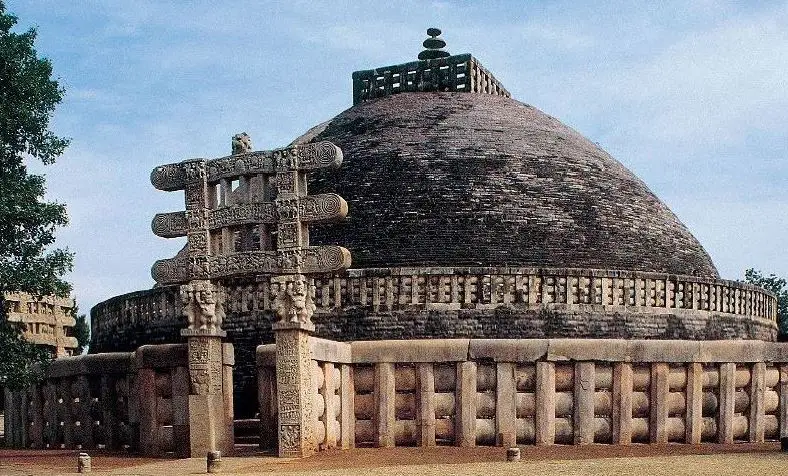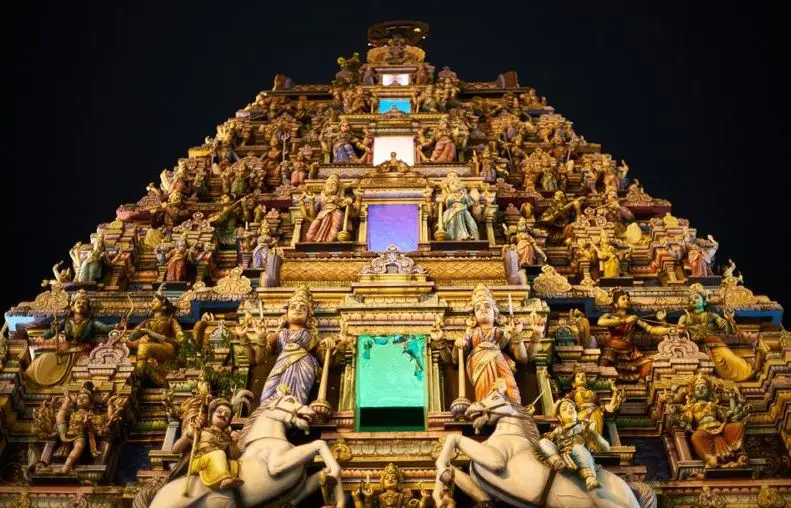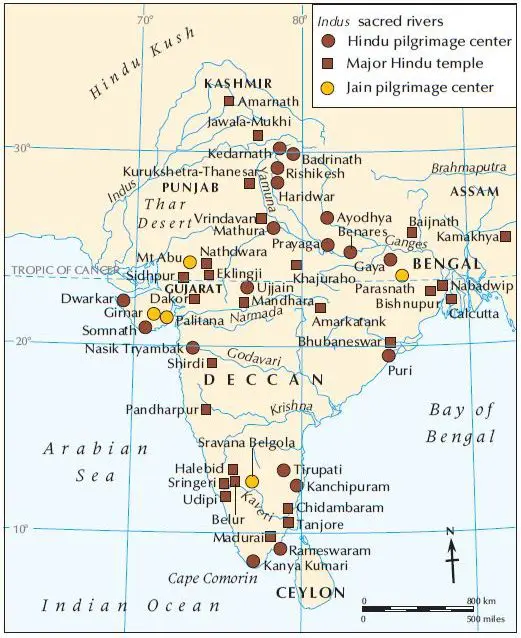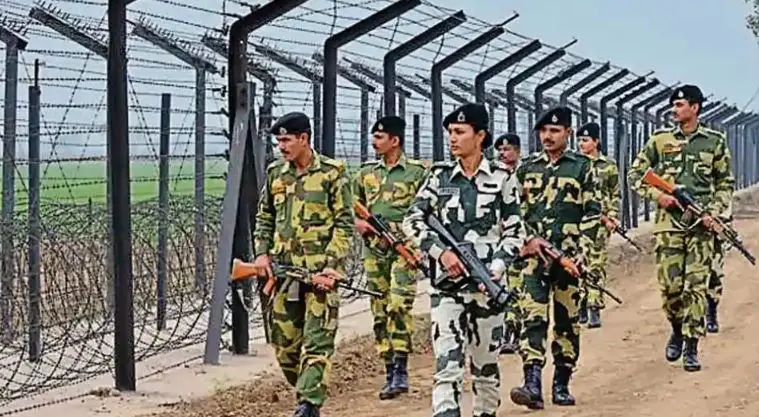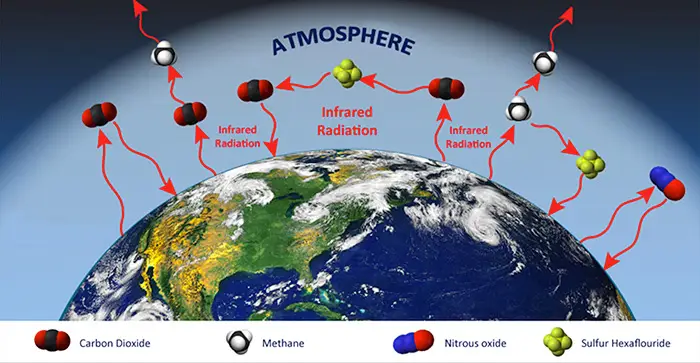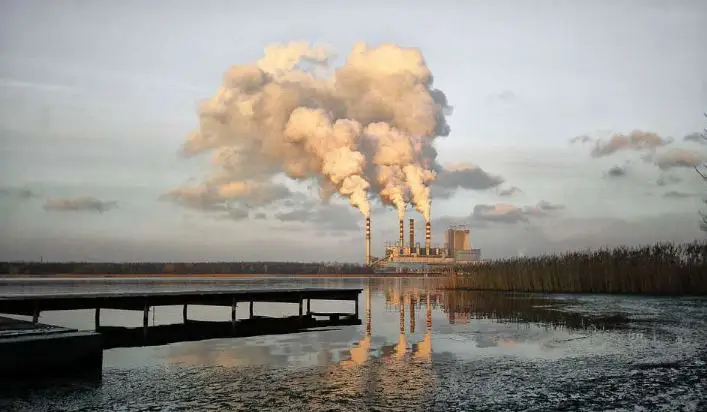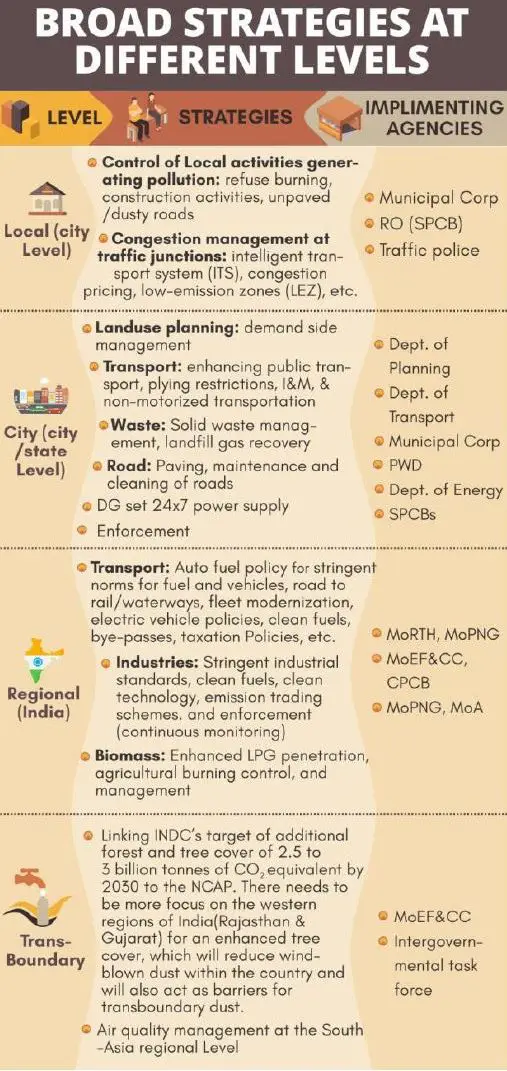
Attitude: Factors, Influence and Relation with thought and Behaviour | UPSC – IAS
(Moral and political attitudes | Social influence and persuasion)
An attitude is a learned and relatively enduring tendency or predisposition to evaluate a person, event, or situation in a certain way and to act in accordance with that evaluation. It constitutes, then; a social orientation-an underlying inclination to respond to something either favorably or unfavorably.
As such, an attitude is a state of mind. Consequently, if we wish to influence other people’s behavior, one way to go about it is to influence their state of mind.
- We may seek to win their support for programs of social change,
- To persuade them to favor the political candidates of our choice,
- To prefer our taste in television programs,
- To stop polluting the water, to quit smoking, or to donate money to our favored cause.
And others likewise attempt to persuade us to adopt their views. Given the importance of some of these matters, it is hardly surprising that the process by which people go about forming, maintaining, and changing attitudes has attracted considerable research interest. In the past two decades more than 1,600 articles treating some aspect of the process have appeared in professional journals.
Components of Attitudes | Ethics | UPSC – IAS
Social psychologists distinguish three components of an attitude-
- The cognitive,
- The affective, and
- The behavioral.
Cognitive Component of an attitude
The cognitive component is the we perceive an objects, event, or situation-our thoughts, beliefs, and ideas about something. In its simplest form the cognitive element is a category that we employ in thinking.
- Thus for example – the category ‘car’ includes station wagons, convertibles, Jaguars, Honda, Cadillacs, and so on. Statement of the form “cars are this or that” and “cars have, this or that” express ideas that are a part of this component.
- When a human being is the object of the attitude, the cognitive component is frequently a stereotype-the mental picture we have of a particular people.
Walter Lippmann, to whom we owe the term stereotype, observed that since the world is filled with “so much subtlety, so much variety, so many permutations and combinations…..we have to construct it on a simpler model before we can manage with it”.
- In brief, we find it virtually impossible to weigh every reaction of every person we encounter, minute-by-minute,. in terms of its particular, individual meaning. Rather, we type individuals and groups in snap-judgment style: the “fighting Irish,” the “Inscrutable Orientals,” the “Stolid Swedes”, the “grasping Jews”, and the “Emotional Italians”. Although stereotypes are convenient, they lack the important virtue of accuracy. They are the unscientific and hence unreliable generalizations that we make about people either as individuals or as groups.
Affective Component of an attitude
The affective component of an attitude consists of the feelings or emotions that the actual objects, event, or situation or its symbolic representation evoke within an individual.
- Fear,
- Sympathy,
- Pity,
- Bate,
- Anger,
- Envy,
- Love, and
- Contempt
These are among the emotions that may be excited by a given individual or group.
For Example:- The ideas of using the same washroom as someone of another race, of drinking from glasses handled by, or of shaking hands with, a Black, Jew, White, or Chinese produce disgust or discomfort in some individuals. The prospect of having Blacks move into an all-White neighborhood may arouse fear and anxiety among some White. The social standing of Businessmen or doctors may elicit envy some Gentles. Although the emotional level is distinct from the cognitive, the two may appear together.
Behavioral Component of an attitude
The behavioral component of an attitude is the tendency or disposition of act in certain ways with reference to some object, event, or situations. The emphasis falls upon the tendency to act, not upon the action itself.
- Some people may favor barring given groups from their social clubs, athletic associations, neighborhoods, and business and professional organizations that is, they may be disposed toward discriminatory behavior. But as we shall shortly see, simply because people would like to act in certain ways does not necessarily mean that they in fact do act in these ways; they may fail to translate their inclinations into overt action.
- For example:- some prejudiced individuals, recognizing the legal penalties attached to discriminations, may not in fact discriminate.
The Functions of Attitudes | Ethics | UPSC – IAS
All human beings harbor a wide variety of need; Some needs are primarily biological ( such as hunger, thirst, and the needs for sex and sleep); other are social (the needs or status, recognition, privilege, power).
Daniel Katz (psychologist) has advanced a functionalist theory of attitudes that is premised upon this fact. He takes that view that our attitudes are determined by the functions they serve for us. In brief, people hold given attitudes because these attitudes help them achieve their basic goals.
Katz distinguishes four types of psychological functions that attitudes meet:-
- The adjustment function: Human beings typically seek to maximize rewards and minimize penalties. According to Katz, people develop attitudes that aid them in accomplishing this goal. For example:-
- We tend to favor a political party or candidate that will advance our economic lot-if we are businessperson, one that will hold the line on or lower corporate taxes;
- If we are unemployed, one that will increase unemployment and social welfare benefits.
- And we are likely seek as a lover someone who provides us with a variety or rewards-a sense of self-worthy, recognition, security, and so on-while avoiding someone who produces the opposite effect.
- The ego-defense function: Some attitudes serve to protect us from acknowledging basic truths about ourselves or the harsh realities of life. They serve as defense mechanisms, shielding us from inner pain. Projection is such a device: we attribute to others traits that we find unacceptable in ourselves, and in so doing;· we dissociate ourselves from the traits. For Example:-
- To the alcoholic it may be the other fellow who overindulges;
- To the failing student it may be the teacher who is incompetent,
- To the hostile and aggressive child it may be the other child who started the fight.
- The value-expressive function: While ego-defensive attitudes prevent us from revealing unpleasant realities to ourselves, other attitudes help give positive expression to our central value and to the type of person we imagine ourselves to be. For example:-
- Such attitudes reinforce a sense of self-realization and self-expression. We may have a self-image of our-self as an “enlightened conservative” or a “militant radical” and therefore cultivate attitudes that we believe indicate such a core value, or
- we may see ourself as a “swinger” or “someone really with it” and hence cultivate attitudes that reinforce this perspective.
- The knowledge function: In life we seek some degree of order clarity and stability in our personal frame of reference; we search for meaning in and understanding of the events that impinge upon us. like:-
- Attitudes help supply us with standards of evaluation.
- It provides us with order and clarity with respect to the great and bewildering complexities of life that are due to human differences.
How Attitude Change ?
Katz’s functionalist theory also helps to explain attitude change:
Attitude Change:- The most general statement that can be made about the conditions conductive to attitude change is that the expression of the old attitude or its anticipated expression no longer gives satisfaction to its related need state. In other words, it no longer serves its function and the individual feels blocked or frustrated. Modifying an old attitude or replacing it with a new one is a process of learning, and learning always starts with a problem, or being thwarted in coping with a situation.
For Example:- A case in point is an adjustment need. A Honda owner who undergoes a change to a higher social status may also undergo a change of attitude toward his old car. He may decide that he now wants a Mercedes, because he believes a Mercedes to be more in keeping with his new social status. Thus attitude change is achieved not so much by changing a person’s information about or perception of an object, but rather by changing the person’s underlying motivational and personality needs.
The Formation of Attitudes | Ethics | UPSC – IAS
As mentioned earlier, we are not born with attitudes. A newborn baby has no attitude towards a snake. If not stopped by elders. It will have no problem in playing with a snake. Only when it grows little older than a child it learns to fear and avoid a snake. We can also ask a question, how do people acquire an attitude toward the Chinese food ? Can we acquire an attitude about something we are not exposed to? Why do people have different attitudes? The term attitude formation refers to the movement we make from having no attitude toward an attitude object to having a positive or negative attitude.
Let’s examine what factors contribute to the formation of attitudes. The attitudes are acquired through different types of learning. Therefore, the relevance of learning process in relation to attitude formation is only briefly indicated. The three basic learning procedures involved in the acquisition of attitudes are as follows:-
- Classical Conditioning: As you know this kind of learning shows how a neutral object gets associated with an already established stimulus response connection. Any attitude object, which is repeatedly associated with a stimuli capable of evoking positive or negative feeling, will acquire the ability to evoke a similar response. For example, you may develop a positive attitude about a person who has present whenever you won a match. Players often develop a strong liking for the bat by which they made good runs.
- Instrumental conditioning: It applies to the situations when people learn attitudes which are systematically rewarded by significant others, such as parent, teachers or friends. In fact, children are taught certain attitudes and behaviors by controlling reward and punishment and systematically reinforcing certain kinds of attitudes. While the specific form of such rewards may vary greatly, ranging from praise, affection, approval to offering monetary rewards, jobs and positions. It has been observed that people quickly come to express specific point of views when they are rewarded for their expression.
- Observational learning: It suggests that human beings are capable of acquiring new responses simply by observing the actions and their outcomes. Children are keen observers and learn a whole lot of things from their parents and other family members. They learn many of their attitudes about other ethnic groups, neighbours, and ideologies simply by observing the behaviors of adults.
Factors Influencing Formation of Attitudes | Ethics | UPSC – IAS
The formation of attitude takes place in our social environment. The different aspects of environment shape the development of attitudes. Some of the important aspects of environment, relevant to the formation of attitudes are described below:-
Role of Family in Inculcating values and influencing attitudes:- Parents have an all – encompassing influence on the way their children come to form attitudes. Children get their first exposure to the social world through their parents and other family members. They acquire initial knowledge about the people and places from their parents and very often imbibe their values and observation.
- The young children learn by observing and imitating their elders in the family. Parents provide categories, which their children pick up to form attitudes.
- Children often learn to categories supplied by their parents. They form attitudes about other social and religious groups on the basis of such categories defined by their parents.
- Thus, families constitute the primary source of information for children. Imagine how much young children learn about the world from the stories told by their grandparents!
Role of Reference Groups:– As the children grow older the diversity of influences on their lives increases. They form opinion about many more people and objects.
- They come in contact with teachers, policemen, vendors, and more importantly with peers. These groups constitute the reference groups for children. The children learn a great deal from these reference groups.
- They imbibe attitudes about occupations, social and religious groups, consumer products, national leaders, etc., which are endorsed by such references groups.
- If their reference group is biased about some religious group, probability is high that the child will also show similar kind of bias.
Direct Personal Experience: How do you form an attitude about an army personnel ? It largely depends on your personal encounter with such a man in the past.
- If he was very kind and helpful to you, you tend to have a favourable attitude towards the army men. If an army man for trespassing has roughed you up, your attitude may not be favourable toward all army men. We tend to generalize.
For Example: Apart from day to day life experiences, there are other unique significant life events and situations. Meeting Ramkrishna Paramhans changed Narendra and his whole attitudes toward life and people. From a skeptic, he became a believer and went on to address the World Religions Congress and became a legend as Swami Vivekananda. We all have such turning points, which significantly shape our attitudes in a particular direction.
- It is understandable that those who are born in extreme poverty conditions and have had many bitter experiences, their attitudes about others are not likely to be positive. The victims of criminal assault and social discrimination can hardly be positive in their judgment of the groups to which the perpetrators belong.
Influence of Media Exposure in formation of our attitudes: Today’s life media has assumed a prominent place. Think how many hours you and yours friends watch the T.V. On an average, urban middle school children watch T.V. for at least 4-5 hours and this exposure has become a potent way to learn about the world.
- For Example:- T.V. commercial tell us which products we should buy. Since children are more impressionable, they tend to believe what they see on the T.V. screen. They rarely question what they see on T.V. Several studies have reported that high – school children rate the mass media as their most important source of information.
Maintenance of Attitudes | Ethics | UPSC – IAS
Once formed, attitudes persist. The social environment including people, the pattern of interaction, and the distribution of reward and punishment, remains stable to a large extent. They help to maintain attitudes. People like to have consistency in their attitudes and they do this in many ways.
- Motivational bias: We discount the contradictory information. If they are confronted with information, which is against their present attitude, they either consider that information as not very relevant or important, or believe that it is coming from a dubious source. One can thus ignore such information:
- Rewards and Punishment: Our reference group may be exerting influence to maintain the attitude, which is important for the smooth functioning of the group. The reference group resists any change the people succumb to the group pressure. If the membership of the reference group is important to the person, he or she is more likely to retain his/her former attitude even in the face of contradictory information.
Maintaining a particular attitude may be beneficial for the person. For instance, if someone is very helpful to you in achieving your goals, even if you come to know about his negative qualities you justify his actions and maintain your existing attitude.
- Difficulty in changing attitudes:- Once we make a public commitment, or take a position, it becomes very difficult to change that. For example, if someone has participated in a protest march against the reservation policy, it will be very difficult to take a favourable position about it. If one changes one’s attitude in such a situation, he or she may find it difficulty to justify it. Attitudes greatly shape our identity. One’s identity is largely determined by the attitude one holds about people, issues, and objects that matter. Changing attitudes would, therefore amount to changing one’s notion of self and identify.
The Relationship between Attitudes and Behavior | Ethics | UPSC – IAS
The social psychologist Gordon W. Allport once observed that the concept of attitudes “is probably the most distinctive and indispensable concept in contemporary American social psychology”. The reason for this is not difficult to discern. Many investigators have assumed that attitudes occupy a crucial position in our mental makeup and as a result have consequences for the way we act. Viewed from this perspective, attitudes serve as powerful energizers and directors of or behavior they ready us for certain kinds of action. Hence, to understand our attitudes to understand our behavior. Indeed, the assumption is frequently made that our attitudes serve a rather accurate predictors of our actions. To a considerable extent, however, this basic assumption has not been borne out by observation.
In fact, many studies have revealed a lack of correspondence or, at best, a low correspondence between verbally expressed attitudes and overt behavior.
Attitudes and Behavior: Several Studies given by Psychologist | UPSC – IAS
The findings of a classic study by Richard T. LaPiere are frequently cited as providing a striking example of such a discrepancy LaPiere traveled throughout the United States Covering some 10,000 miles altogether with a Chinese couple. He kept a list of hotels, auto camps, tourist homes, and restaurants where they were served and took notes on how they were treated. Only once were they denied service, and LaPiere judged that their treatment was above average in nearly half of the restaurants they visited. Several months later, he mailed questionnaires to the proprietors of these various establishments asking if members of the Chinese race would be accepted as guests. Approximately 92 percent indicated they would not accept Chinese. which was clearly in contradiction to their actual behavior.
- Critics have faulted LaPiere’s study because his presence with the Chinese couple undoubtedly had a biasing effect. Also, it is quite probable that, whereas the Chinese couple dealt with waitresses and desk clerks, the questionnaires were completed by proprietors.
- Since the time of LaPiere’s study, however, a large number of additional studies have also failed to find a consistent relationship between people’s attitudes and their behavior
In one study undertaken in the period immediately prior to the civil rights movement, G. Saenger and E. Gilbert compared the attitudes of White customers buying from Black clerks with the attitudes of White customers buying from White clerks in a large New York department store. Customers were followed out of the store, where they were then interviewed. In both groups 38 percent either disapproved of Black clerks or wanted them excluded from some of the departments in the store. Despite this fact, a number of women who had insisted a short time previously that they would not buy from Blacks later returned to the store and were observed buying from Black clerks. Thus a considerable gap existed between what people said and what they did.
Various researchers have attempted to resolve these matters by suggesting that behavior is a function of at least two attitudes
- An attitude toward the object and
- An attitude toward the situation.
Indeed, multiple, diverse, and even contradictory attitude may be activated in given situations.
Analysis of situational factors – Saenger and Gilbert, for instance, suggest a number of situational factors that might have accounted for the discrepancy between what White people in the study of department-store shoppers said about Black clerks and the way they acted toward them.
- First, Prejudiced individuals were caught in a conflict between two contradictory motivations: their prejudice, on the one hand, and their desire to shop where they found it most comfortable and convenient, on the other. They tended to resolve their dilemma by acting contrary to their prejudice and completing their shopping as quickly as possible.
- Second, Prejudiced individuals were caught in still another conflict: whether to follow the dictates of prejudice or to act in accordance with America’s democratic ideals.
- Third, People prefer to conform with prevailing public opinion; the fact that Blacks were serving as clerk tended to suggest to many Whites that the public approved of their presence (and that, by the same token, the public would disapprove of “racist” acts). Thus because of the intervention of situational factors, there is no simple way in which the behavior of one person toward another can be accurately predicted solely on the basis of knowledge of that person’s attitudes toward the other.
Other factors besides the situational interfere with prediction of behavior on the basis of attitudes alone. For example, Blacks differ from each other in such social properties as age, education, occupation, sex, and marital status; and attitudes toward these properties affect White behavioral interaction with Blacks.
- And attitudes vary not only in their direction-that is, in being either positive or negative-but also in extremity, intensity, and the extent of the person’s ego involvement with the attitudes. Further, attitudes that we form on the basis of our own direct experience predict our actions better than those attitudes we form indirectly through hearsay.
Icek Ajzen and Martin Fishbein: have proposed a further refinement for conceptualizing the relationship between attitudes and behavior. They say that our attitude toward an object influence our overall pattern of responses to the object. However, our attitude does not predict any specific action toward that object Ajzen and Fishbein concern themselves with the behavioral intentions underlying our actions. They view our intentions as shaped by three factors:
- Our attitude toward performing the act in question;
- The beliefs we hold about the like-hood that others expect us to perform the particular act; and
- Our motivation to comply with these beliefs.
Mark Snyder and Deborah Kendzierski direct our attention to still another matter. Before we can employ attitudes as guides to action, we first must activate these attitudes. More specifically, we must define certain attitudes as relevant to the action choices that confront us.
- In other words, we need to link mentally the elements in the situation in which we find ourselves with particular attitudes before we can bring these attitudes into play in guiding our action. For instance, we may have positive attitudes toward affirmative-action programs for minorities. Yet it may not occur to us that the under representation to minorities in our school or profession calls for the implementation to affirmative-action policies in these areas. We fail to see the relevance of the attitudes, for the situation at hand. Consequently, believing does not guarantee doing.
Social psychologists, then, are corning to see the relationship between attitudes and behavior in increasingly complex terms-as involving multiple factors and mediating variables. They no longer ask whether or attitudes can be used to predict our overt actions. but when. In any event, attitudes offer a convenient starting point for examining people’s behavior as they enter situation and begin to construct their actions.





